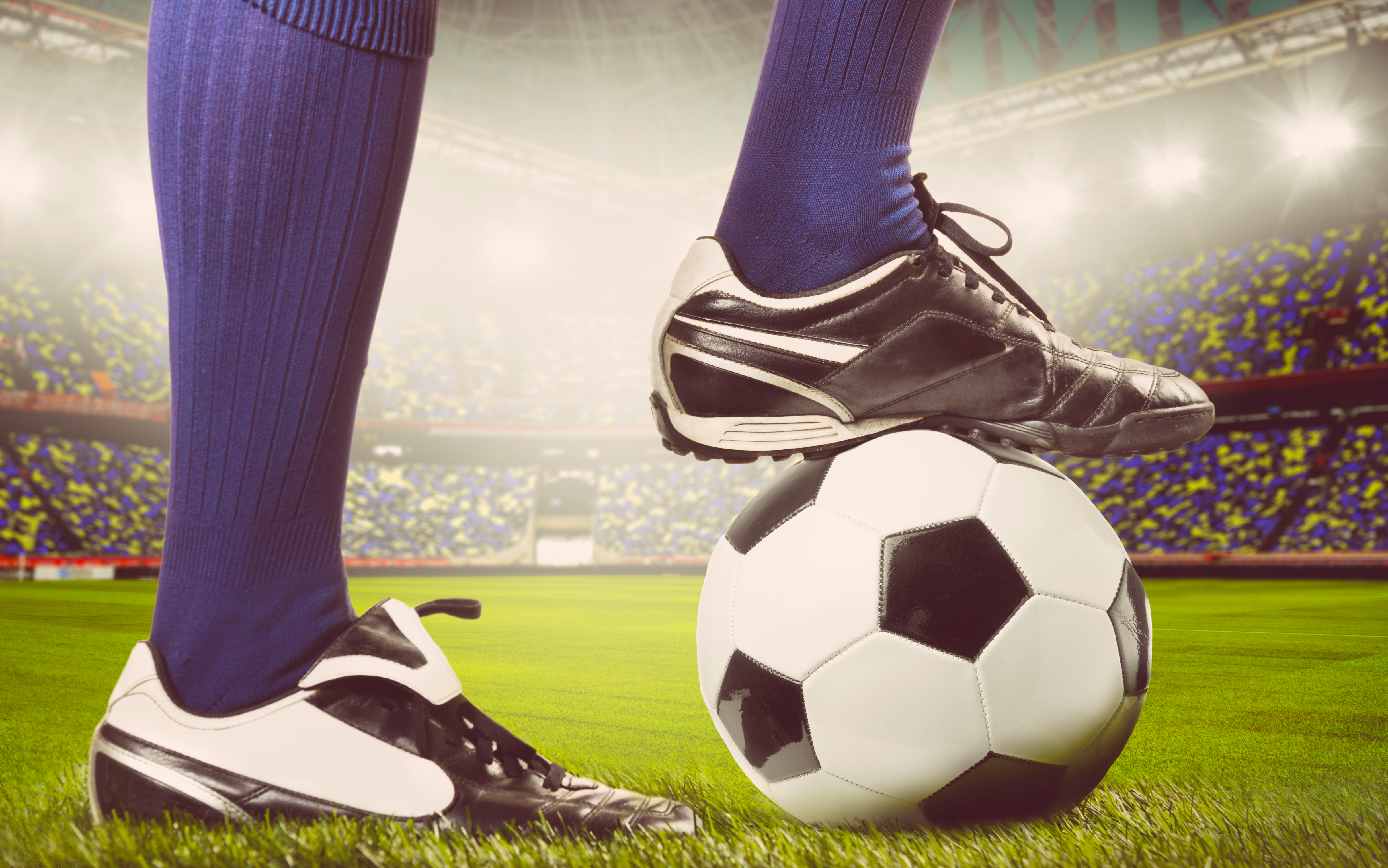
As one of a small number of academics researching sexual abuse in sport, I’ve been asked how widespread this problem is many times since the footballer Andy Woodward broke his silence and told his story of abuse to the national media. But while there is some research that points to the prevalence of sexual abuse in some countries and some sports, until now, finding out the answer has not been a priority for the world of sport.
The allegations of footballers Woodward, Steve Walters, Paul Stewart, David White and others have stirred Britain into recognising that the problem is widespread. Chelsea Football Club issued an apology after Gary Johnson claimed it had paid him £50,000 to remain silent about abuse he had suffered while at the club in the 1970s. The club’s statement said:
Chelsea today is a very different club than it was in the 1970s. We are fully committed to ensuring the safety and well-being of all children and young people who are in our care or attending our premises. Their welfare is of paramount importance. The safeguarding policies and procedures that are implemented at the club, and similarly with the Chelsea Foundation, are robust, continually reviewed and the club-wide safeguarding provision is audited regularly each year by the Premier League.
While sparse, there is robust data on how prevalent sexual abuse in sport is. While the UK watched the football abuse story unfold, Bettina Rulofs at the Sport University in Cologne revealed research findings (in German) based on a prevalence study funded by the German government.
She found that a third of German squad athletes, registered as an elite athlete in the system of the German Olympic Sport Confederation, have experienced some form of sexualised violence within sport. One in nine German athletes has experienced severe sexual violence, such as sexual assault and rape. Despite this, only 50% of just over 20,000 sports clubs in Germany surveyed believed that sexual violence was a relevant topic to deal with.
Another 2015 study by criminologist Tine Vertommen, looked at the prevalence of interpersonal violence in sport among a sample of 4,000 adults who had participated in sport as children in Belgium and the Netherlands. The study found that 14% had experienced sexual violence – varying from 17% for the female respondents to 11% for male respondents. The vast majority of these reported moderate or severe sexual violence.
They also found that ethnic minority, lesbian/gay/bisexual and disabled athletes, as well as those competing at the international level, reported significantly more experiences of interpersonal violence in sport. The study used the UN definition of violence:
All forms of physical or mental violence, injury and abuse, neglect or negligent treatment, maltreatment or exploitation, including sexual abuse while in the care of parent(s), legal guardian(s) or any other person who has the care of the child.
Consequently, forms of violence (often considered as mild) such as whistling, glancing and teasing, were included, but any violence that occurs as a normal part of sport – such as in boxing – was excluded.
In 2011, the NSPCC published research conducted by the University of Edinburgh, based on a survey of 6,000 students. They found 29% of the sample had experienced sexual harassment in sport (17% of males versus 34% of females) and 3% had experienced sexual harm (5% of males versus 3% of females). While this is useful and important evidence, it was not a prevalence study so the statistical data should be treated with caution. It also tells us little about the differences between sports.
Independent inquiries are vital
Sport governing bodies should try and find out the true extent of the problem. Relying on official reports received by safeguarding teams within national sports’ governing bodies is simply not sufficient, especially as this data is anonymised. Silence is built into child sexual abuse and exploitation and under-reporting of all abuse is a significant problem for our child protection system as a whole.
Research on the prevalence of abuse must also be completely independent of interference from sport organisations. However, they should be proactive in seeking to commit resources to establishing data that their community, and especially victims/survivors of abuse, can have confidence in. Such an endeavour should not be seen as separate to attempts to safeguard children in sport but rather integral to it and is crucial for rebuilding confidence among sports clubs and players. There is a strong, positive story for those organisations that pursue this task with vigour, but there is also a very negative story for those that persist in ostrich-like responses.
If you have experienced sexual harassment or abuse in sport and would be willing to share your story in confidence with the aim of making sport a safer place for children, please see the Voices for truth and dignity project.
![]()
Mike Hartill, Senior Lecturer in Sociology and Sport, Edge Hill University
This article was originally published on The Conversation. Read the original article.
